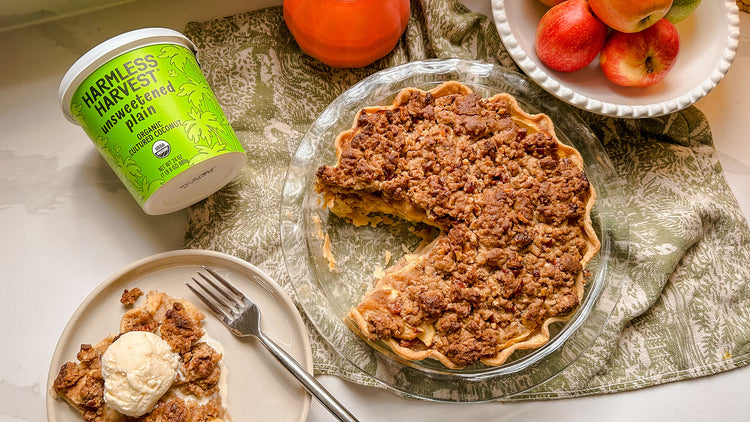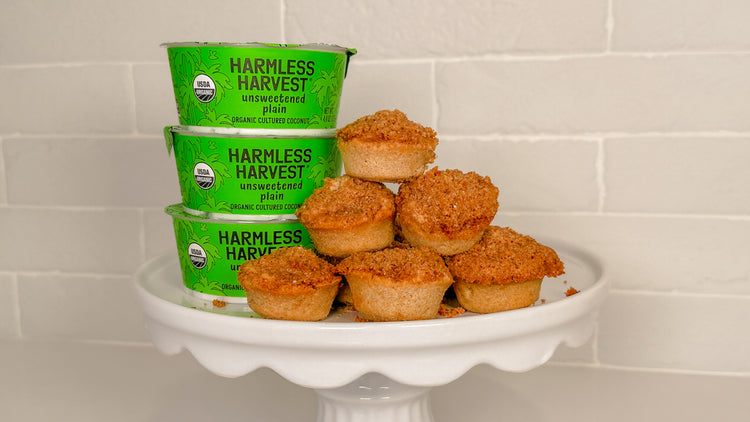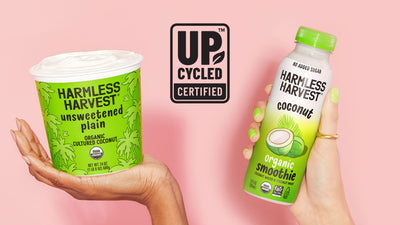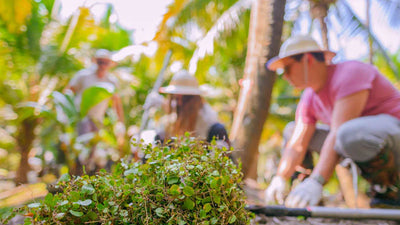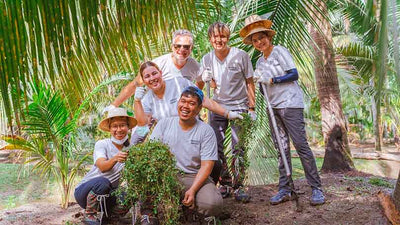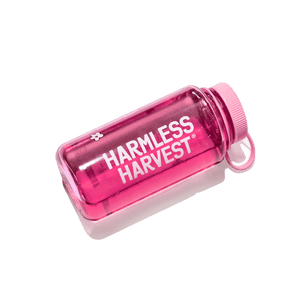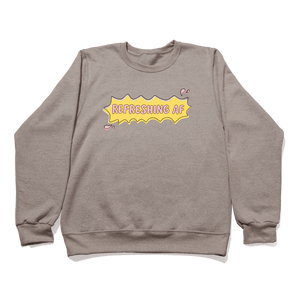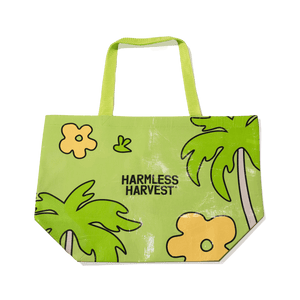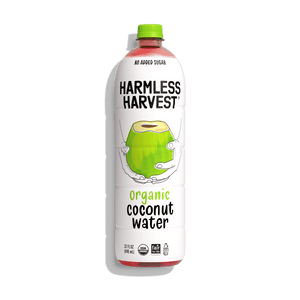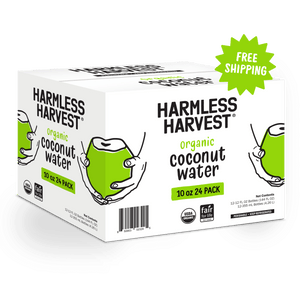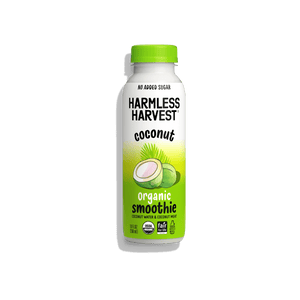We did it! The coconuts used to make our refreshing sips and delicious smoothies have hit the Regenerative Organic Certified® Bronze Level—meaning that almost 3/4 of the farms we work with have implemented at least two regenerative practices. We’ve been partnering with our farmers to incorporate these Earth-conscious methods for over 5 years and are thrilled to finally meet this milestone moment.
Wondering what regenerative organic farming even is, and what it means for both people and planet? Let’s crack open this topic…

Regenerative Organic Farming in a (Coco)Nut Shell
Let’s start with the basics. From the soil to the sky and everywhere in between, regenerative organic farming is all about bringing nature back to agriculture—which is a better way to farm for us and for the world we live in.
Regenerative organic farming methods focus on important, environmentally conscious areas that may include:
- Restoring soil health and biodiversity
- Capturing atmospheric carbon
- Defending farms against climate change
- Improving crop yields
Now that’s some seriously impressive multitasking!

The Regenerative Organic Farming Methods
Let’s take a quick journey to Thailand—no air fare required. You’ll find that life on an organic Nam Hom coconut farm probably looks quite a bit different from the conventional farms you might be picturing. The location is greener, the canals have clearer water, there are more pollinator insects (bring on the bees!) and there’s a greater diversity of plant life. How do the farmers do all this, is it magic? Not magic, but a variety of expert methods instead…
Cover Crops to the Rescue
Planting cover crops is one of the most critical regenerative organic practices because it helps to protect soil from erosion and keeps nutrients in the ground where they belong.
Fish-Powered Weed Control
Species of fish that love to eat up water-polluting duckweed are introduced to the farm’s canals, resulting in clearer and cleaner waterways. Thanks, scaly friends!
Doubling Down with Intercrops
A quicker way to say “farming more than one crop at a time”, intercropping helps promote biodiversity and creates more financial opportunity for farmers.
Buzzy Little Pollinators
Our farmer partners have brought in stingless bee hives, which have not one but two benefits. 1: A more biodiverse ecosystem which supports increased coconut yields and 2: delicious honey. Name a more winning combo!
Coconut & Chicken Poo Compost
This is the not-so-secret ingredient farmers use to create nutrient-rich soil, healthier farms and, ultimately, an increased coconut yield. The farmers we partner with mix up their batches using coconut husks and chicken poo.
Earthworms in the soil
Other farmers have utilized earthworms to create vermicompost. This helps with decomposition and aeration of the soil.
The Results of Regenerative Organic Farming
Sure, the practices sound nice on paper, but do they also yield good results? Yes, and we’ve seen several! Regenerative organic farming creates a positive impact on the farm’s local ecosystem and soil, higher coconut yields, and increased income for the farmers we partner with as well.
We’re currently working towards better understanding the full impact, which includes assessing the carbon levels in the soil. But while we don’t know the final measurement yet, we know the numbers are heading in a great direction.
In fact, the impact has been so substantial that our farmers chose to allocate some of their Fair for Life funds to continue investing in their regenerative organic farming, particularly stingless bees and cover crops. Meet a few of the faces who have made it their mission to implement these important practices on their farms:

Khun Chamroen
Khun Chamroen and his wife met on the farm they both manage over 30 years ago and continue to bring that love and care into their work. They’ve created a large cover crop nursery of round leafs for their own farm and neighboring farms as well. He also regularly releases duckweed-eating fish into the canals to keep the water clear and clean.

Khun Thianchai
Khun Thianchai and his son have implemented several regenerative organic practices, including vermicompost (worm composting) and drying farm waste instead of letting it decompose in the water canals. Our team of agronomists (crop and soil scientists) discovered that farm waste like palm fronds and branches often get dumped into the canals, which was a big emitter of methane gas. Learning this, Khun Thiachal quickly set his sights on a solution: creating dry canals for the farm waste. This reduces methane emissions, is used for composting, and adds nutrients back to the soil—a triple win for everyone!

Khun Bandit
Khun Bandit and his family are leading the charge on regenerative organic farming practices. His farm introduced stingless bee hives to support pollination and build a more biodiverse farm ecosystem. The farm has also mastered the art of transforming coconut husk waste into compost. It’s a delicate art of blending chicken poo, husks, and water together and letting it all decompose into nutrient-dense goodness. Plus, he’s also started growing coffee beans via intercropping!

Our Regenerative Organic Farming Future
Instilling and encouraging more regenerative organic practices is a huge step towards our even bigger goal of reaching net zero as soon as we possibly can. To accomplish this, we’re actively working with our team on the ground in Thailand to deliver more and more training and important resources to regenerative organic farmers.
By 2030, as our business and volumes continue to grow, our goal is to archive and maintain having 100% of our coconuts sourced from farms that utilize these critical regenerative organic practices. In other words, while we’re thrilled for bronze, there’s no stopping till we’ve got the gold!


